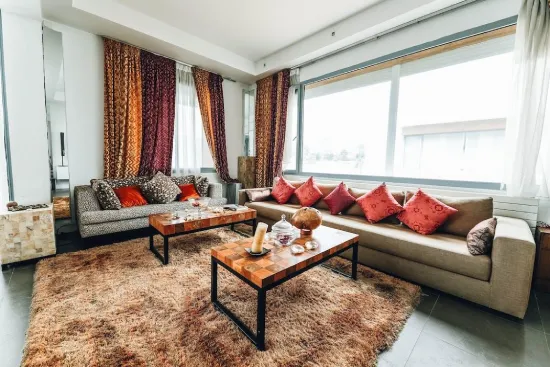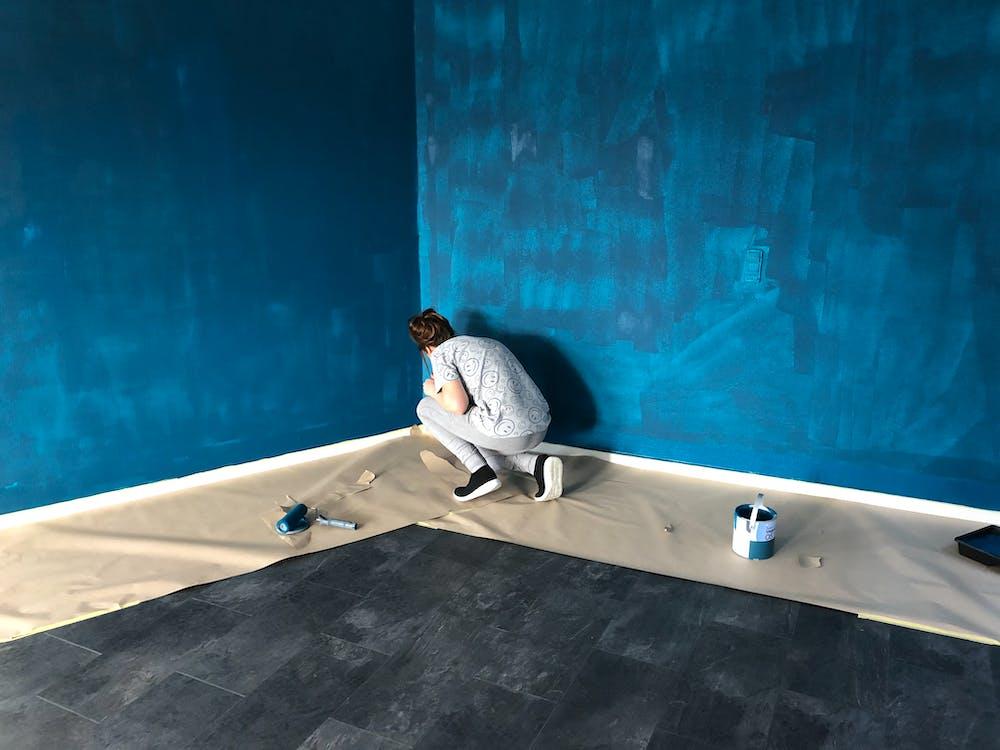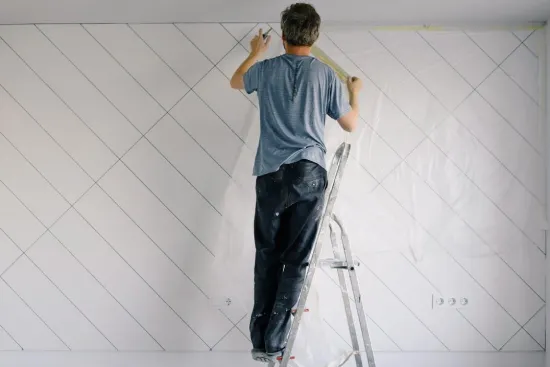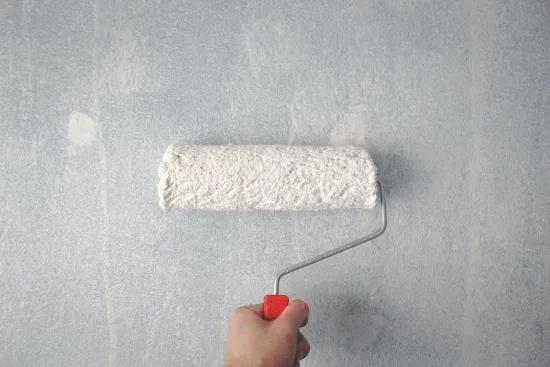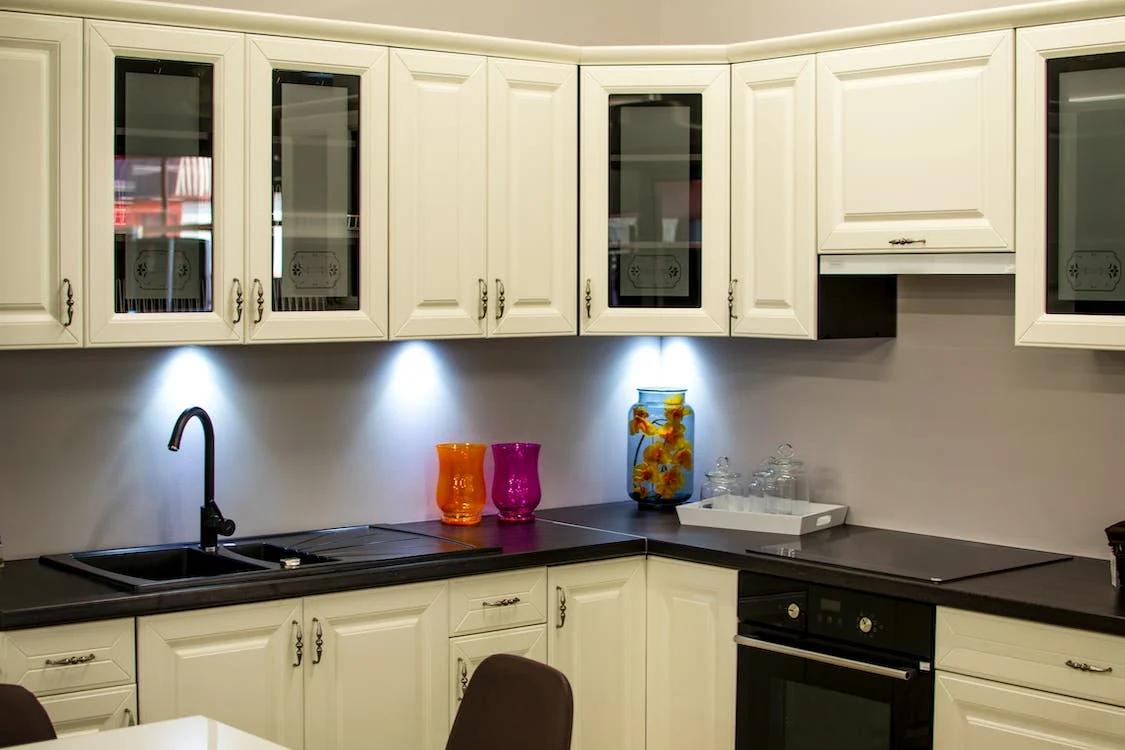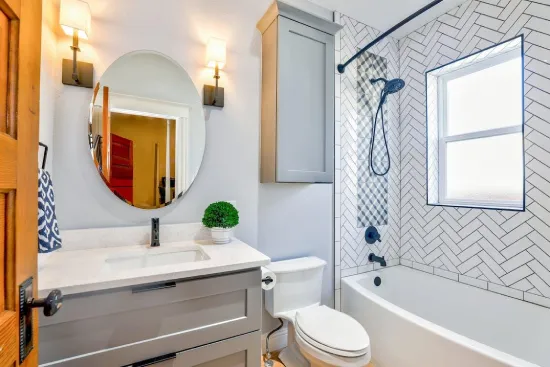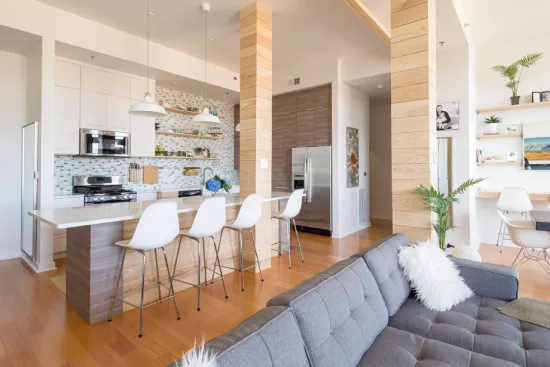Restoration and renovation – both can apply to an entire space or a specific feature in a property.
Restoration
Restoration is the act of preservation. It entails restoring/bringing back the original look of a place or a specific property feature like facade or flooring by repairing, refreshing, resurfacing, and in some cases, replicating the existing/classic building elements. The goal of restoration is to preserve and showcase the historic details and features of a property. This is akin to reinstating a building feature or the entire property back to its former glory. Restoration may also entail replacing certain modern elements in a property (like tiles, fixtures, flooring, etc.) with the vintage materials that were part of the original construction/development.
Renovation
Renovation, on the other hand, is the act of improving or renewing a building element or an entire property. This can be achieved through repair or replacement. The primary goal of a renovation is to improve the current condition of the property (or a specific feature), and it may include restoration.
Restoration vs. Renovation
Cost: In most cases, it’s costlier to restore a building or a construction feature to its original form than simply renovating or replacing it. The cost is usually associated with the skill and knowledge required for restoration that a minority of specialized contractors possess, as well as the cost associated with procuring and carefully installing the original materials. It may also take more time.
Scope: With the renovation, you have a lot more flexibility when it comes to the scope of the job. It’s possible to renovate anything, from an entire property to a specific feature. However, it’s not always possible to restore an entire property. There may not be enough of the original features left to restore, the damage might be too extensive, or the materials are no longer available or permitted in construction. In these cases, a combination of restoration and renovation might be more practical.
Material Availability: An important feature of restoration is using the same materials for repairs or replacement that were used in the original construction (whenever possible), but it’s impossible if the material is no longer available. Barring that, the alternative material should emulate the original as closely as possible. In contrast, renovation gives you more freedom. Costly features and materials can be replaced by more affordable options, or vice versa, and modern aesthetic elements can take the place of older features.
Practical Considerations: In many cases, it’s simply impractical to restore or preserve the original features like a classic power-hungry chandelier that was low- to mid-end when it was installed or old fan lamps. Replacing them with newer fixtures (renovation) that might complement the spaces might be better than restoration for the overall aesthetic. Restored features and elements may also require more maintenance and upkeep.
What’s the right choice for you will be influenced by a number of factors, including what you have to work with, your budget, and your plans for the property. If you are planning on reselling the property soon, restoring old features to augment the historic character of the property might give you an edge. If you plan on living in the property for a long time, don’t mind the additional effort it might require, and have the means to restore part or all of the property, you may have the chance to live in a property with some character and historical charm. However, for this to succeed, you have to buy a property with these historical features intact enough to be restored. Otherwise, renovation might be a practical choice for you.





